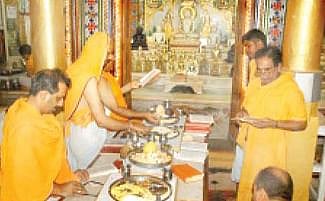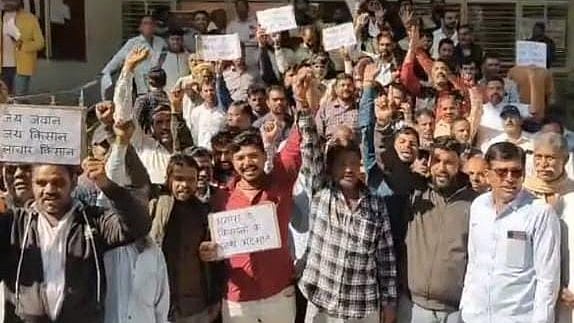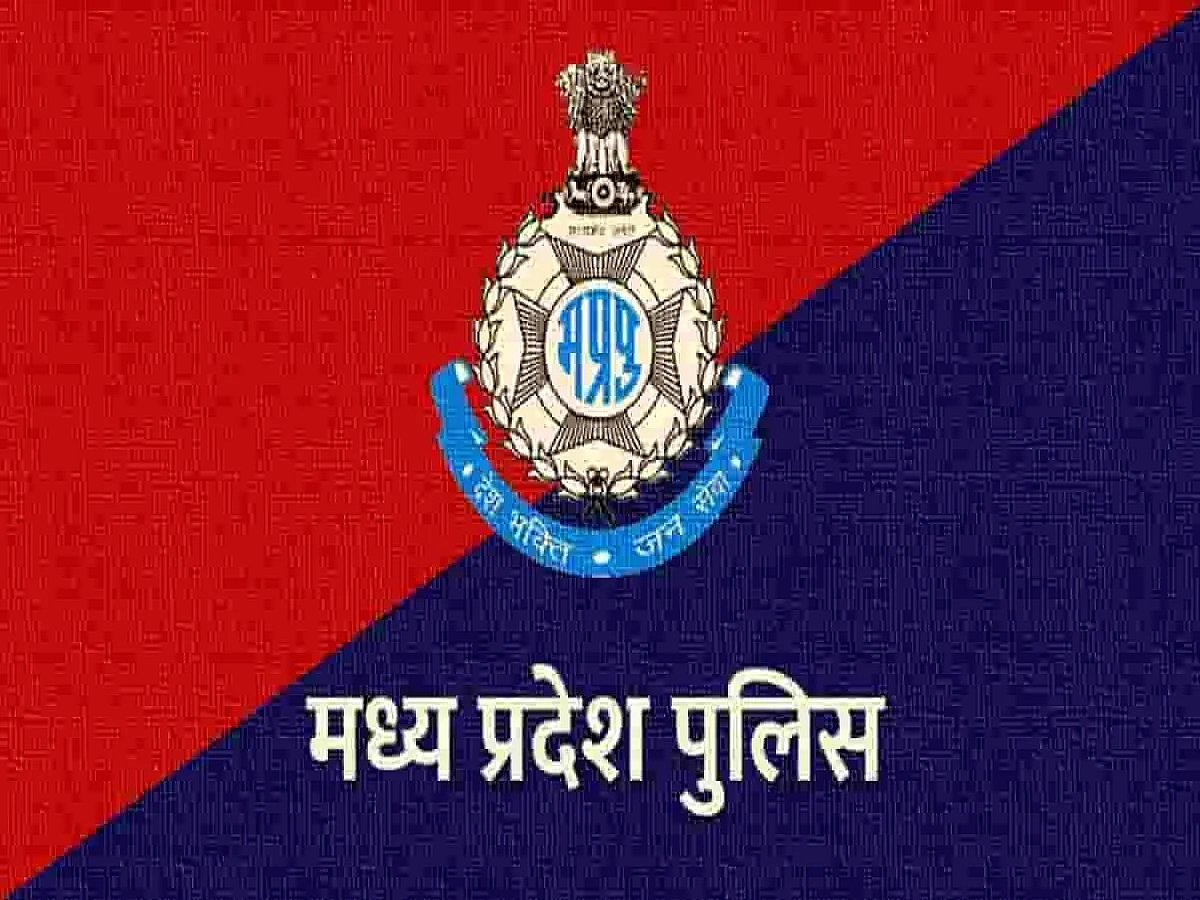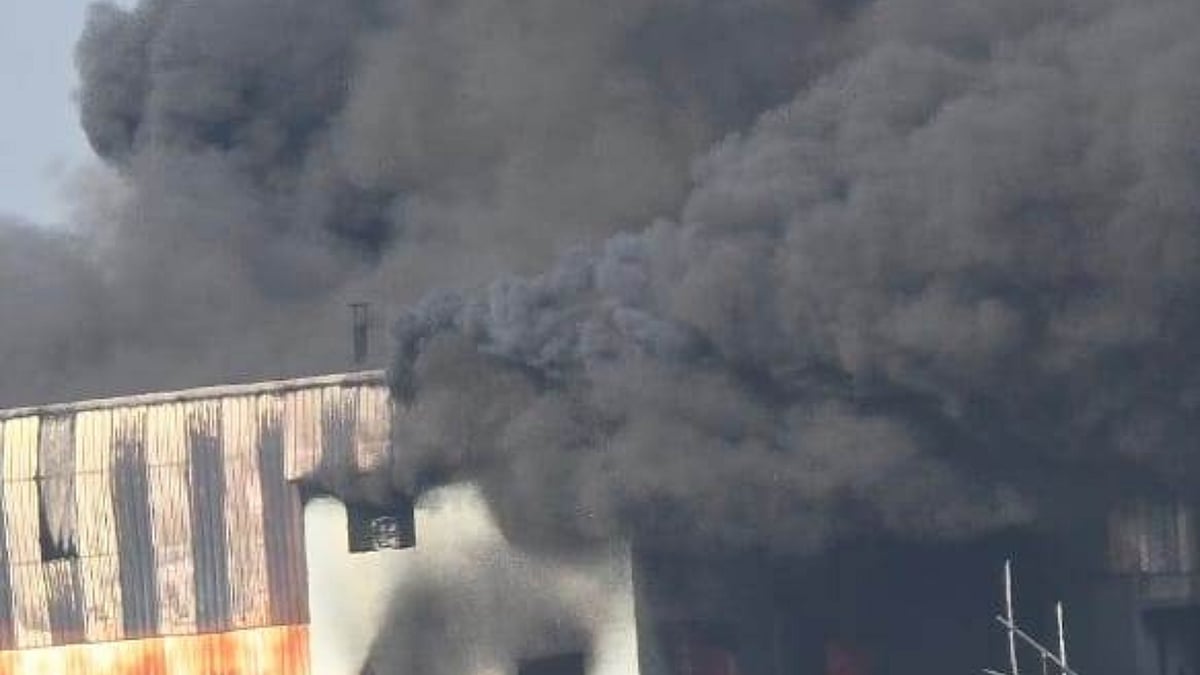Indore: The sixth day of Paryushan Parv was celebrated as Dhoop Dashmi on Friday by the Digamber Jain community. Usually, this is one of the most important days of the festival when community members gather in Jain temples to light incense sticks and hold communal celebrations.
People generally visit Jain temple and light ‘Dhoop’, which are the scented pieces of a dried log of a tree, in front of the idol of the god. The belief behind this is that ‘Dhoop’ represents the ‘karmas’ and, as they have burnt the Dhoop, one day they will be able to burn all their karmas and liberate their soul, as shared by Digambar Jain Samajh president Narendra Veda.
However, due to coronavirus outspread, the doors of the temples remained shut with only a few community members lighting the ‘Dhoop’ as symbolism.
“Following the guidelines of the administration, arrangements were made such that people could visit the temple and symbolically attend the festive celebration from outside the main doors,” community spokesperson Manish Ajmera said.
Women's cell of the community provided online feeds to the major water bodies of the city under the leadership of Anamika Bakliwal.
“On the occasion of Dhoop Dashami, many people from different age groups and districts lit dhoop in their homes and in front of temples to destroy their karma or inauspicious deeds and wishing for the attainment of salvation,” she said.
The temples were lit up with colorful lights. The community portals telecasted live darshan and aarti on various social media portals.
The importance of ten religions under Swadhyaya was told in the online feed by the religious scholar Kailash Veda.
No tableaux, fewer Mandal Vidhan
Mandal Vidhan, which is generally prepared in all the Jain temples, was prepared only in some temples this year. This is the first time that Mandal Vidhan was not prepared in all the temples.
Mandal Vidhan is prepared to show the importance of religion and ten characteristics of religion.
This is the first time that the tableaux representing religious and social subjects were not made in any temple. On this occasion, the priests' heritage is also kept in the temples, but due to the closure of the temple, its effect was also seen on this tradition.









